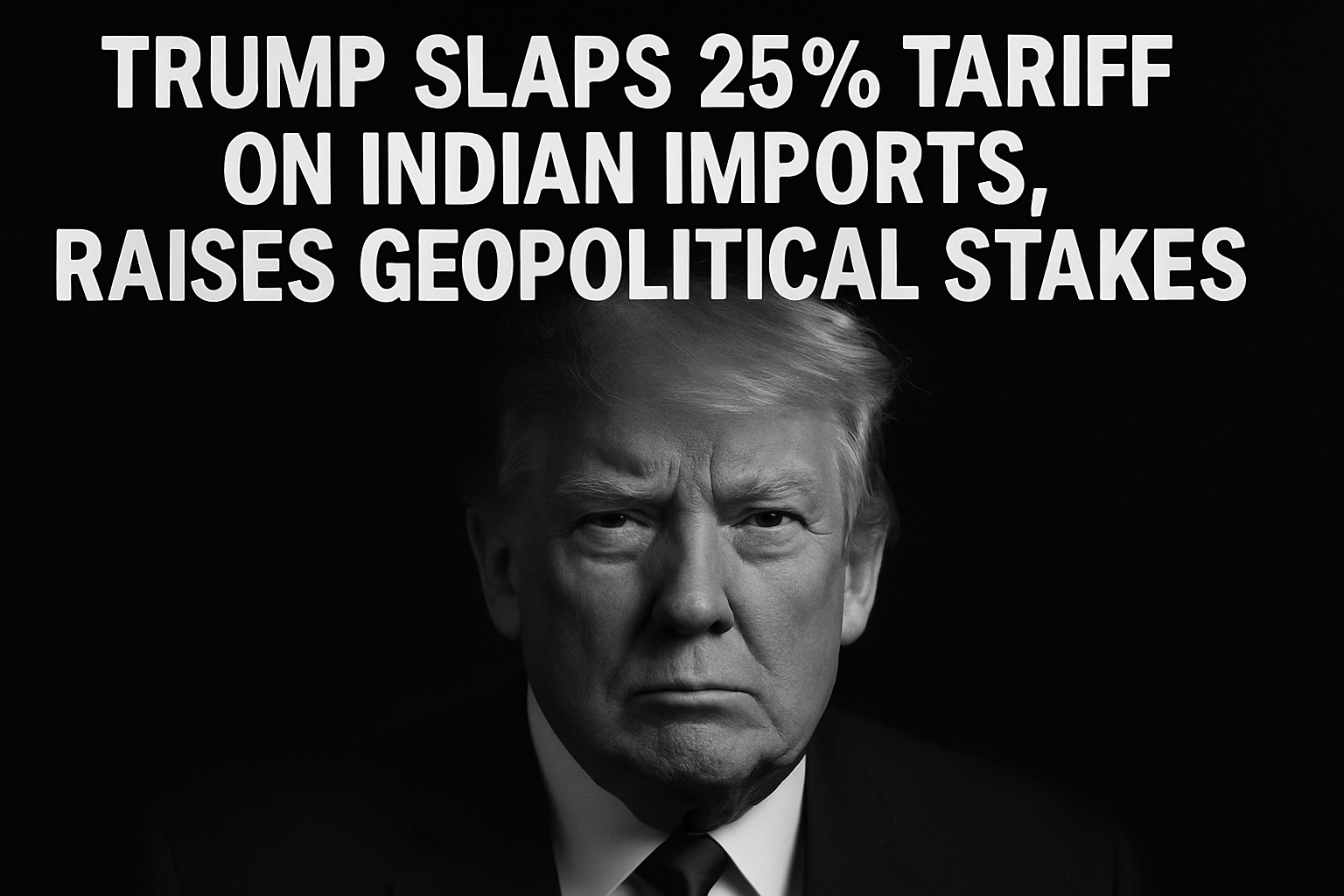Trump has now escalated his trade offensive, threatening up to 250% tariffs on Indian pharmaceutical imports. With nearly 50% of U.S. generic drugs made in India, the move risks backfiring spectacularly—hitting American healthcare harder than Indian exporters.
What’s Happening?
- Trump has doubled down on his tariff threats within 24 hours.
- He’s targeting India’s pharmaceutical exports—a sector previously untouched—proposing tariffs ranging from 150% to 250%.
- An announcement is expected within the week.
Why This Matters for Bharat:
- India is known as the “pharmacy of the world.”
- The U.S. is India’s largest pharma market, accounting for 31% of exports.
- Over 50% of generic drugs sold in the U.S. are made in India.
- A 250% tariff would cripple competitiveness, hurt low-cost drug access, and stall India’s pharma growth engine.
Why This Could Boomerang on the U.S.:
- Healthcare costs in the U.S. could soar.
Some estimates say drug prices could increase six-fold for common generics. - American patients, especially the uninsured and low-income, will bear the brunt.
- U.S. pharma companies don’t have the scale or cost-efficiency to replace Indian supply quickly.
What’s Trump’s Play?
- He wants American pharma firms to manufacture locally, boosting U.S. jobs.
- This is part of his “Make America Great Again” narrative.
- But in reality, the U.S. can’t replicate India’s cost structure in the short term.
India’s Likely Response:
- Seek alternate export markets—may take 3–6 months.
- Use WTO frameworks to challenge unilateral tariffs.
- Highlight U.S. dependence on Indian drugs in diplomatic forums.
- Frame this as a global healthcare affordability issue, not just trade.
What Indians Must Wake Up To:
- This is economic war, not a policy dispute.
- India’s strategic sectors—energy, pharma, tech—are now frontline targets.
- Citizens must demand:
- A robust export diversification plan.
- Government protection for key sectors like pharma and IT.
- Greater investment in domestic drug innovation.
- Self-reliance (Atmanirbharta) is no longer a slogan—it’s survival.
Final Take:
Trump’s pharma tariff threat might be aimed at India, but the collateral damage could devastate American wallets and patients. Bharat must respond smartly—with calm strategy, sectoral protection, and clear global messaging that affordability is a human right, not a bargaining chip.
United States



